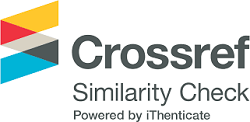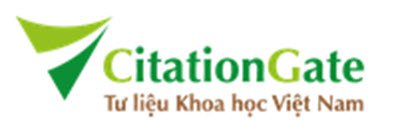Illumination properties and gadget efficiency steadiness of wleds based on quantum dots
Abstract
The recent improvements in picture quality have led to the need for new methods to create displays that meet more rigorous standards. While the screen market is mainly dominated by liquid crystal display (LCD) and light emitting diode (LED) technology, these technologies have downsides solvable via creating augmented electroluminescent screens. Utilizing sticky quantum dots (QDs) in the form of down transmuters facilitates creating screens featuring highly improved chroma clarity as well as range. As such, sticky nanocrystals prove a promising option when it comes to creating electroluminescent devices, providing a simple way to build high-quality displays. The QDs that emit light featuring significant fluorescent quantum output along with chroma clarity covering the entire visible spectrum, as well as significantly-bright singular-chroma LED apparatuses featuring extrinsic quantum proficiencies reaching 1.30%, 0.39%, 1.04%, and 2.10% respectively in the case of blue, red, orange, and green hues, saw the prospect of development. Additionally, white LEDs were created by combining QDs, achieving a color temperature of 5,300 K and over 80% color rendering index. The LED performance is also extensively evaluated, including color stability, and device efficiency, providing crucial data for the advancement of high-quality electroluminescent displays.
Keywords
Full Text:
PDFTime cited: 0
DOI: http://dx.doi.org/10.55579/jaec.202484.459
Refbacks
- There are currently no refbacks.
Copyright (c) 2024 Journal of Advanced Engineering and Computation

This work is licensed under a Creative Commons Attribution 4.0 International License.










